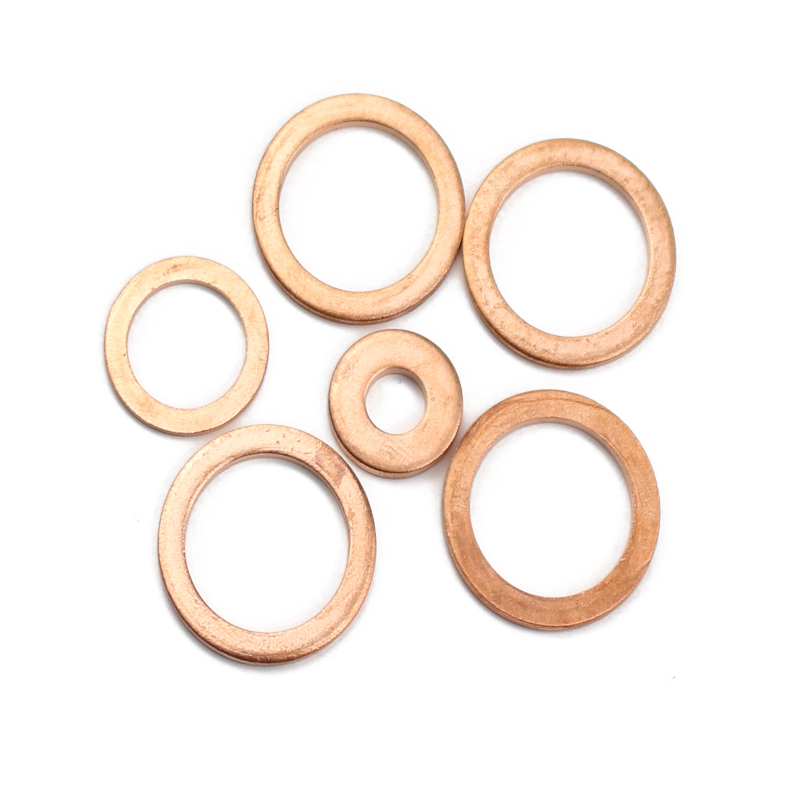inner axle seal
Understanding the Importance of Inner Axle Seals
When it comes to vehicle maintenance, many car owners may overlook the significance of components like seals. One such critical element is the inner axle seal. Though often out of sight and out of mind, this small yet essential part plays a crucial role in the overall functionality and longevity of your vehicle’s drivetrain.
What is an Inner Axle Seal?
The inner axle seal is a part of the differential assembly or the axle housing that ensures that gear oil stays within the axle and prevents contaminants from entering. Typically made from rubber or polymer materials, these seals fit snugly around the axle shafts, which are responsible for transferring power from the differential to the wheels, allowing the vehicle to move.
Functions of the Inner Axle Seal
The primary functions of the inner axle seal include
1. Fluid Retention The seal’s main purpose is to prevent the escape of differential oil, which is essential for lubricating the gears within the differential. If this oil leaks out, it can lead to inadequate lubrication, resulting in increased friction and wear on the gears.
2. Contaminant Protection The inner axle seal also acts as a barrier against dirt, dust, and other contaminants that could enter the axle assembly. The ingress of such foreign materials can lead to severe damage over time, potentially resulting in expensive repairs or early component failure.
3. Preserving Performance By preventing leaks and contamination, inner axle seals help ensure that the vehicle operates smoothly. This is especially important for performance vehicles and heavy-duty applications where any loss in efficiency can significantly impact performance.
inner axle seal

Common Issues with Inner Axle Seals
Despite their robustness, inner axle seals can wear out due to various factors
- Age and Mileage Over time, exposure to heat, friction, and fluid can cause the rubber material to degrade, leading to cracks and wear.
- Improper Installation If a seal is not installed correctly, it may not fit snugly around the axle shaft, leading to premature wear or leaks.
- Damage from The Environment External factors, such as exposure to water, dirt, and road chemicals, can also accelerate the wear on the seal.
When an inner axle seal fails, the consequences can be severe. Fluid leaks can lead to differential failure, which can be both dangerous and costly to repair. Signs of a failing seal may include fluid spots under the vehicle, a burning smell due to overheated oil, or unusual noises coming from the differential.
Maintenance and Replacement
To ensure optimal vehicle performance, regular inspection and maintenance of the inner axle seals should be part of your vehicle care regimen. If you notice signs of leakage or other issues, it’s essential to address them promptly. Replacing an inner axle seal is typically a straightforward process for professionals and should be done with quality OEM (Original Equipment Manufacturer) parts to ensure durability.
In conclusion, while they may be small, inner axle seals are vital components of your vehicle's drivetrain system. They play an essential role in maintaining fluid levels and protecting the integrity of the differential. As part of routine vehicle maintenance, understanding the importance of these seals can help you avoid costly repairs and ensure the longevity of your vehicle. Whether you are a car enthusiast or just someone who values their transportation, paying attention to such details can make all the difference. Take the time to learn about your vehicle’s components and keep them in check for the best driving experience.
-
Simplifying Oil Changes: A Comprehensive Guide to Oil Drain Plugs and Their Variants
News Aug.04,2025
-
Mastering Oil Drain Maintenance: Solutions for Stripped, Worn, and Upgraded Oil Plugs
News Aug.04,2025
-
Fixing Oil Pan Plug Issues: Leaks, Stripped Nuts, and the Right Replacement Solutions
News Aug.04,2025
-
Everything You Need to Know About Oil Drain Plugs: Sizes, Fixes, and Upgrades
News Aug.04,2025
-
Choosing the Right Oil Drain Plug: A Guide to Sizes, Materials, and Drain Innovations
News Aug.04,2025
-
A Complete Guide to Automotive Drain Plugs: Types, Problems, and Innovative Solutions
News Aug.04,2025
-
The Ultimate Guide to Car Repair Kits: Tools and Essentials Every Driver Should Own
News Aug.01,2025
Products categories















